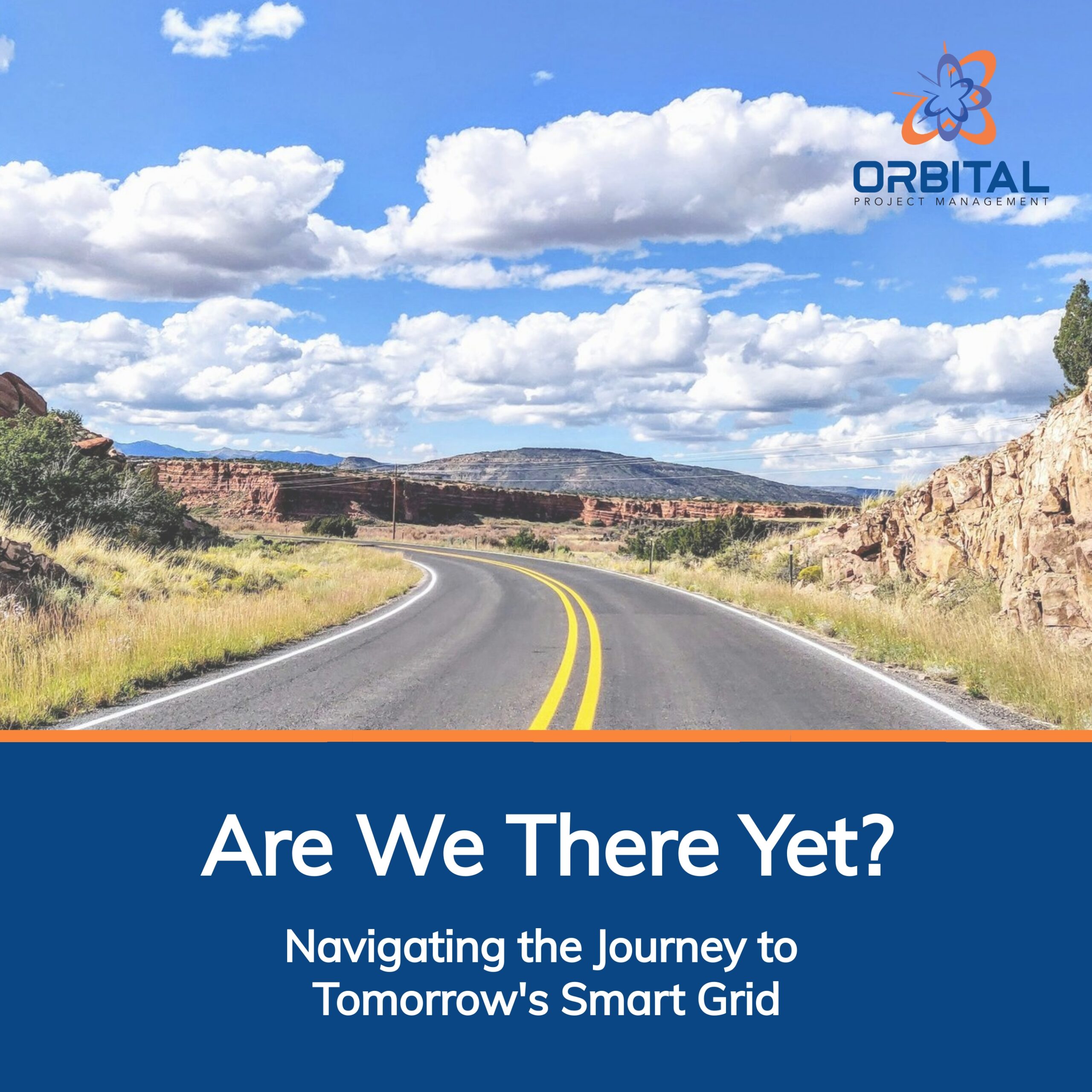Smart grid technology refers to an advanced electrical grid that utilizes digital communication, automation, and innovative technologies to enhance the efficiency, reliability, and sustainability of electricity distribution. By integrating smart meters, sensors, and advanced analytics, smart grids enable real-time monitoring and management of energy flow, allowing for better demand response, improved outage detection, and enhanced management of renewable energy sources. This technology facilitates greater consumer engagement, enabling homeowners and businesses to monitor their energy usage and optimize consumption. Overall, smart grid technology aims to create a more resilient energy network that can adapt to changing demands and integrate diverse energy resources, significantly contributing to energy conservation and reducing carbon emissions.
The Need for PEs
Power electronics play a crucial role in the electrical grid by converting and controlling electrical power to improve efficiency and manage the flow of electricity. They work through solid-state devices, such as transistors and diodes, which can switch and regulate electrical energy at high speeds. Some key functions of power electronics in the grid include:
Conversion of Power: Power electronics devices, like inverters and converters, allow for the conversion of alternating current (AC) to direct current (DC) and vice versa. This is essential for integrating renewable energy sources such as solar panels (which produce DC) into the AC electricity grid.
Voltage Regulation: Power electronics help maintain the desired voltage levels within the grid, ensuring stability. Devices such as static synchronous compensators (STATCOMs) adjust reactive power in the system to support voltage control.
Grid Interface: Power electronic converters facilitate the connection between different parts of the grid and manage the interaction between distributed energy resources (DERs), such as wind and solar plants, and the main grid, ensuring efficient power transfer.
Demand Response: Power electronics enable advanced grid management techniques, including demand response systems, that help balance supply and demand by controlling the consumption of electricity from various devices and systems.
Energy Storage Integration: They play a vital role in connecting energy storage systems (like batteries) to the grid, allowing for the efficient storage and release of energy, thus supporting grid stability and reliability.
Overall, power electronics enhance the functionality of the electrical grid, making it smarter and more capable of handling the complexities of modern energy demands and renewable resource integration.
What’s Taking So Long?
The transition to the more efficient, eco-friendly, and reliable electrical grid includes several barriers that hinder progress. These include:
High Initial Costs: The cost of purchasing, installing, and maintaining power electronics devices can be significant. Utility companies and grid operators may face budget constraints that limit their ability to invest in new technologies.
Limited Availability: The demand for more resilient solid-state transformers outweighs the supply…by a staggering amount.
Interoperability Issues: Existing electrical grid infrastructure may not be compatible with new power electronic devices. Ensuring that these devices can communicate effectively with older technology requires standardization and modification, which can be complex and costly.
Regulatory Challenges: The regulatory environment for utilities can be rigid, making it difficult to implement innovative technologies. Regulatory bodies may need to update codes and standards to accommodate new power electronics applications, which can be a slow process.
Limited Technical Expertise: There may be a lack of skilled personnel with the necessary expertise to design, install, and maintain advanced power electronics systems. Developing this expertise requires training and education, which can take time and resources.
Integration with Renewable Energy: While power electronics enable the integration of renewable energy sources, the variability and intermittency of these resources can pose challenges in grid stability and reliability. Managing these factors can require additional technology and planning.
Cybersecurity Concerns: Increased digitalization of the grid through power electronics raises concerns about cybersecurity. Protecting the grid from potential cyber threats becomes a critical area of focus, adding complexity to the implementation of new technologies.
Planning and Coordination: Implementing power electronics requires careful planning and coordination among various stakeholders, including utility companies, regulatory agencies, and technology providers. Misalignment in goals or lack of collaboration can impede progress.
Legacy Infrastructure: Many existing grids rely on aging infrastructure that may not be conducive to the integration of modern power electronics. Upgrading or replacing this infrastructure can be time-consuming and expensive.
Overcoming these barriers will require a concerted effort from industry stakeholders, governments, and regulatory bodies to foster an environment that encourages the adoption of power electronics and supports a more resilient and efficient electrical grid.
What Can We Do in the Meantime?
Consumers can take several effective steps to reduce energy consumption and promote energy efficiency in their homes and daily lives. Here are some practical strategies:
Use Energy-Efficient Appliances: When replacing old appliances, choose those with the ENERGY STAR label or other energy-efficient ratings. These appliances use less energy while providing the same level of performance.
Implement Smart Thermostats: Install a smart thermostat that can automatically adjust heating and cooling settings based on your schedule, helping to optimize energy use when you are home or away.
Seal and Insulate: Improve insulation in your home to reduce heating and cooling loss. Seal gaps around windows and doors to prevent drafts, which can lead to significant energy savings.
Practice Smart Lighting: Switch to LED lighting, which uses up to 80% less energy than traditional incandescent bulbs. Additionally, make a habit of turning off lights when leaving a room and using natural light whenever possible.
Unplug Devices: Many electronics consume energy even when not in use (phantom loads). Unplug chargers, electronics, and appliances when they are not needed, or use a power strip to easily turn them off.
Adjust Water Heating: Lower the thermostat on your water heater to 120°F (49°C) and insulate the heater and pipes to reduce energy loss.
Use Energy-Saving Settings: Take advantage of energy-saving settings on appliances like dishwashers, washing machines, and dryers, as these can significantly reduce energy consumption during use.
Be Mindful of Heating and Cooling: Set your thermostat a few degrees lower in winter and higher in summer. Wearing appropriate clothing for the seasons can make a significant difference in comfort without relying heavily on heating and cooling systems.
Manage Laundry Efficiently: Wash laundry in cold water when possible, and avoid running small loads. Also, consider air-drying clothes or using dryer balls to decrease drying time.
Invest in Renewable Energy: If feasible, invest in renewable energy sources such as solar panels, which can reduce reliance on grid electricity and lower energy bills over time.
By adopting these practices, consumers can not only reduce their energy consumption but also contribute to environmental sustainability and lower energy costs.
Plug in for Updates
Sit back and recharge with a quick read each month on what we’re tracking – through the energy-efficient delivery of The Nucleus direct to your inbox.






